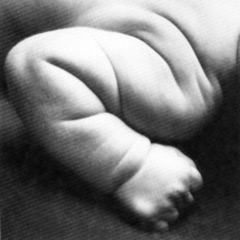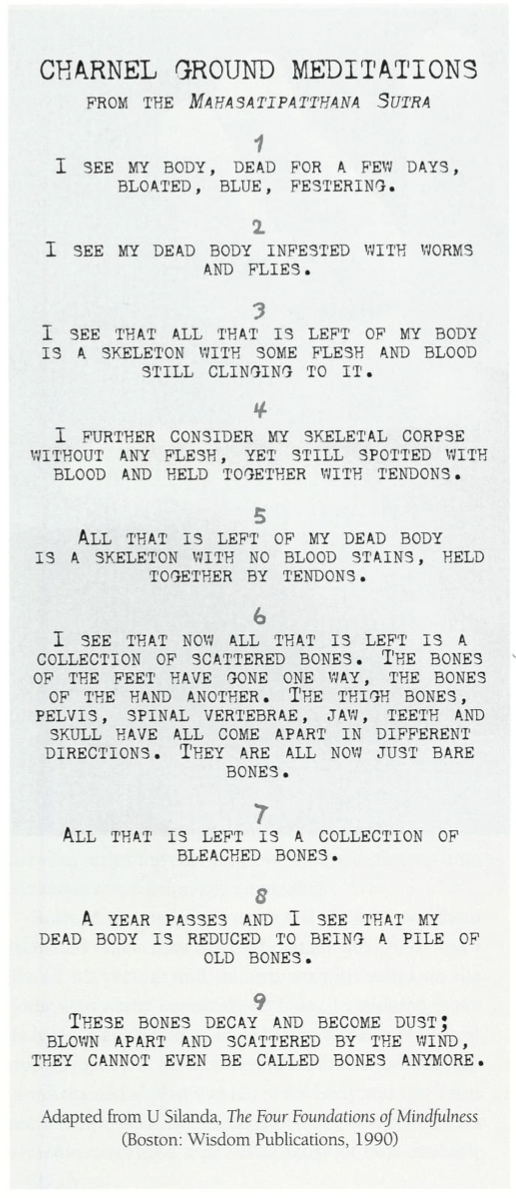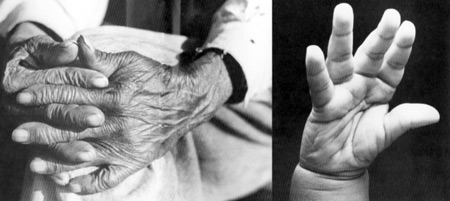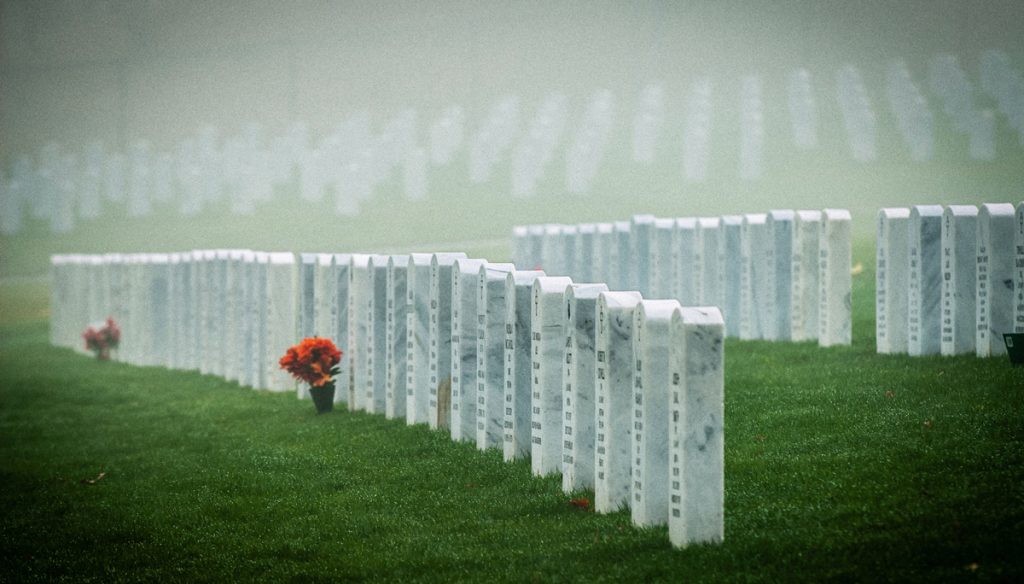Throughout our lives, our body has been our closest companion. At times it has seemed to be who we are. We have spent hours washing and cleaning and clipping and oiling and combing and brushing, taking care of our body in all kinds of ways. We have fed it and rested it. We might have had differing attitudes toward it, sometimes loving it and sometimes hating it. But now this closest companion, which has gone through everything with us, will no longer be here. It will no longer take oxygen. It will not circulate blood. This body that for so many years was so full of vitality will be lifeless. It will be a corpse.
The first Panchen Lama says it well: “This body that we have cherished for so long cheats us at the time when we need it most.”

It is also true that this will not be the last change it will undergo. As a physical phenomenon, the dead body, if not cremated, will decompose, and it is common in Buddhist practice to consider the stages of change and decay in order to bring the reality of death home.
Buddhist monks sometimes actually visit the charnel grounds to contemplate these other forms, to see our final fate, and there is a whole series of charnel ground meditations as well. The Mahasatipatthana Sutra, the Buddha’s main teaching on what to be mindful of in meditation, offers some guidelines as to how to practice with dead bodies at various stages of decomposition. For our purposes, visualization of these stages is more practical.
As with the earlier contemplations, we first calm the mind with breath awareness; then through words and visualizations we create each stage and contemplate it. It is important to make a connection between the image and our own body. One traditional formulation is: “Truly, my body is of the same nature as the body being visualized. It won’t go beyond this nature. It is of the same lawfulness.” Our bodies don’t belong to us but to nature. And nothing in nature has a stable form.
Reflecting in this way helps us come to terms with the nature of the body. We view it with wisdom, see that it can’t be any other way. If fear or resistance comes up, we see that too with nonjudgmental awareness, watching it arise and pass away.
Ajaan Suwat taught me a version of this practice that I found extremely helpful. In his approach, you would start out by visualizing an inner organ of the body that you can easily picture, then watch what happens to it after death as the body goes through its stages of decomposition. When you reach the ninth contemplation (listed here)—when everything is ashes and dust—visualize it re-forming to its starting point. Finally—and I found this crucial—focus on the mind that is aware of all this. See that it is completely separate. This understanding keeps the charnel ground contemplations from becoming overwhelmingly depressing.

Both of my parents instructed me to have them cremated when they died. My father died first, and I placed his picture and the urn with his ashes on the home altar where I meditate each day. In addition to my daily vipassana practice, I would find some time in most sittings to look at his picture and remind myself that the urn contained all that was left of his body and that I was not exempt from the same process. Such reflections sometimes aroused a powerful sense of how unstable my body is.
As I write these words, my mother’s ashes now rest in an urn on the same altar. I am carrying out the same practice with her, and it is proving to be equally rich. Such teaching is the last gift that my extraordinary, generous parents were able to give me.
As with many deep truths, people tend to look at the death awareness meditations and say, Yes, I know all of that. I know I’m going to die someday. I know I can’t take it with me. I know my body will be dust.
And as with other things—as with the law of impermanence itself—I would say we know it and we don’t know it. We know it in our heads but haven’t taken it into our hearts. We haven’t let it penetrate the marrow of our bones. If we had, I can’t help thinking we would live differently. Our whole lives would be different. The planet would be different as well.

If we really faced our fear of death—and these contemplations will bring it up, again and again—our lives would ultimately be lighter and more joyful. I don’t propose death awareness to depress us. It enhances our ability to live more fully.
If we understood the reality of death, we would treat each other differently. Carlos Castaneda was once asked how we could make our lives more spiritual, and he said: Just remember that everyone you encounter today, everyone you see, will someday have to die. He’s right. That knowledge changes our whole relationship to people.
During death awareness practice groups that I’ve led in Cambridge, I have asked people to leave the building after lunch, to walk around town, and to know that everyone they see will die; everyone is their brother or sister in death. It is a wonderful thing to do, especially after a period of death awareness meditation. It gives you a whole new attitude toward people you encounter.
Finally, life is a great teacher and death is a great teacher. Death is all around us, everywhere. For the most part—following the lead of our culture—we avoid it. But if we do open our hearts to this fact of our lives, it can be a great help to us. It can teach us how to live.
Thank you for subscribing to Tricycle! As a nonprofit, we depend on readers like you to keep Buddhist teachings and practices widely available.
